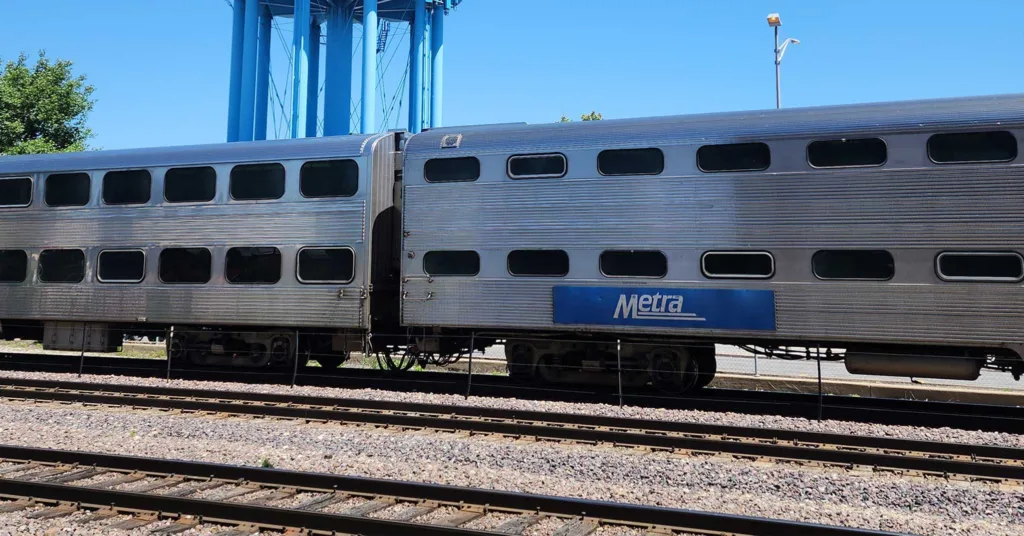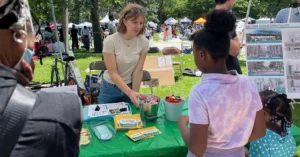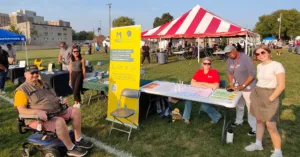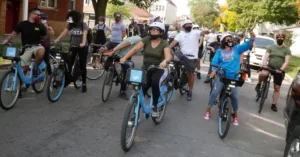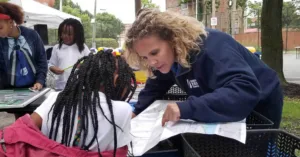USING GRAPHICS TO TRANSLATE THE TECHNICAL
MUSE designed and led an equitable and user-centered outreach strategy as the Cook County Department of Highways and Transportation (DoTH) set out to develop the department’s first-ever transit plan. The planning process and final recommendations prioritized equitable investments, boosting ridership, and increasing seamless transit operations across the county.
DETAILS
Client: Cook County Department of Transportation and Highways, Subconsultant to Nelson\Nygaard
Cook County, IL
September 2020 – December 2022
SCOPE OF WORK
Community + stakeholder engagement
Multilingual engagement
Graphic + web design
Survey design + analysis
Motion graphics designed by MUSE helped to illustrate the impacts of potential recommendations for a non-technical audience.
MUSE METHOD
MUSE fostered connections across the county with 35 community-based organizations for intentional engagement with priority communities. Building on the project team’s and partner organizations’ networks, we were able to hear from groups who are often left out of planning processes, including individuals with disabilities, residents experiencing homelessness, Spanish-speaking residents, immigrant populations, students, LGBTQ+ residents and caregivers with children.
We plugged into existing events, notably the annual Transport Chicago conference, to socialize the project and get input from industry leaders and practitioners on the plan. From the Plenary Session at the 2020 conference just one month after kickoff to the Closing Session at the 2022 conference, the team found efficient and effective ways to engage local leaders.
Center for Neighborhood Technology’s Transportation Equity Network (TEN) is a coalition of community organizations working toward equitable investment across the region. TEN served as the Cook County Transit Plan’s accountability partner, providing guidance and input on the engagement strategy.
A lot of feedback the team heard from transit-reliant County residents focused on first- and last-mile connections, as well as rider comfort. MUSE worked with the technical team to ensure recommendations in the plan reflected not only the findings from quantitative data, but also the stories and experiences of transit and paratransit riders.
COMPENSATING COMMUNITY MEMBERS
New for the County, a stipend program was a central aspect to the Cook County Transit Plan’s equitable approach to engagement. MUSE helped the County navigate the process of designing a framework and administering a total of $22,000 in stipends to community organizations and individuals who participated in small-group engagement activities. A baseline practice for equitable engagement, compensating community members recognizes the value their time and contributions add to the planning process.
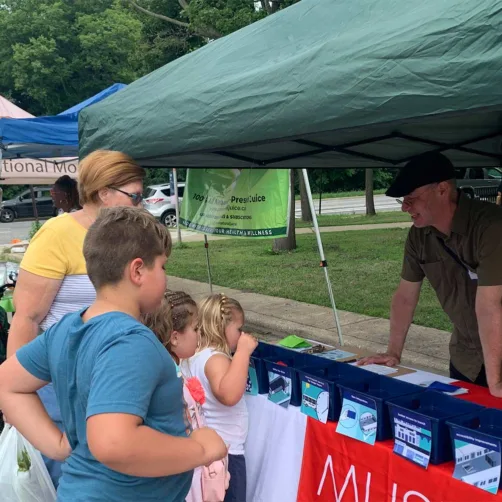
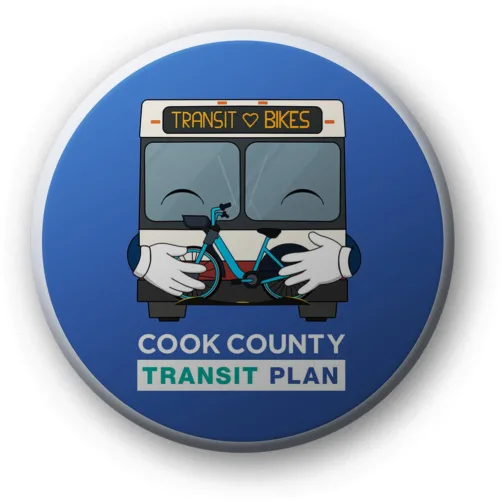
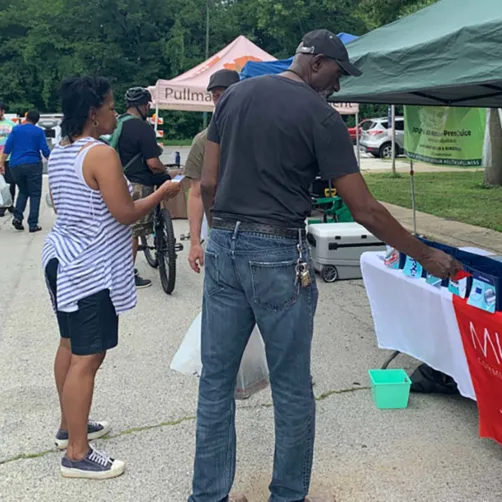
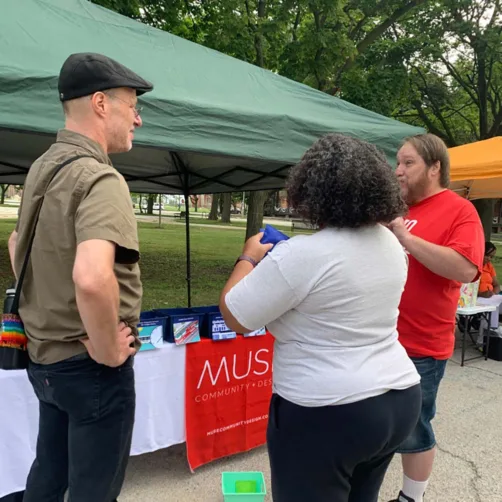
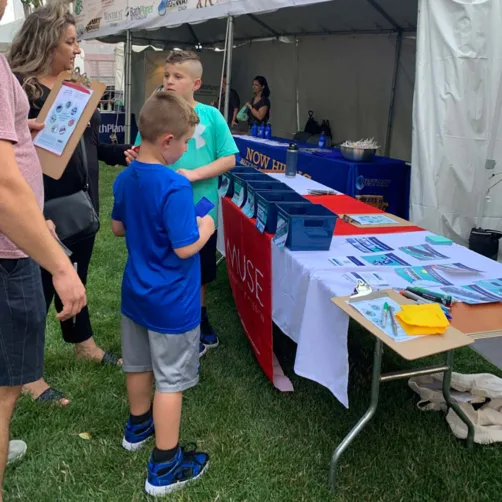
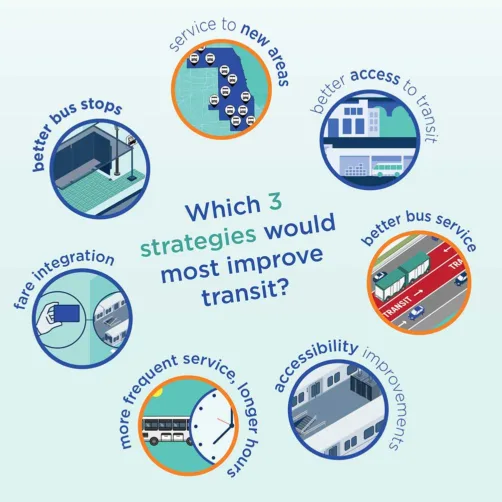
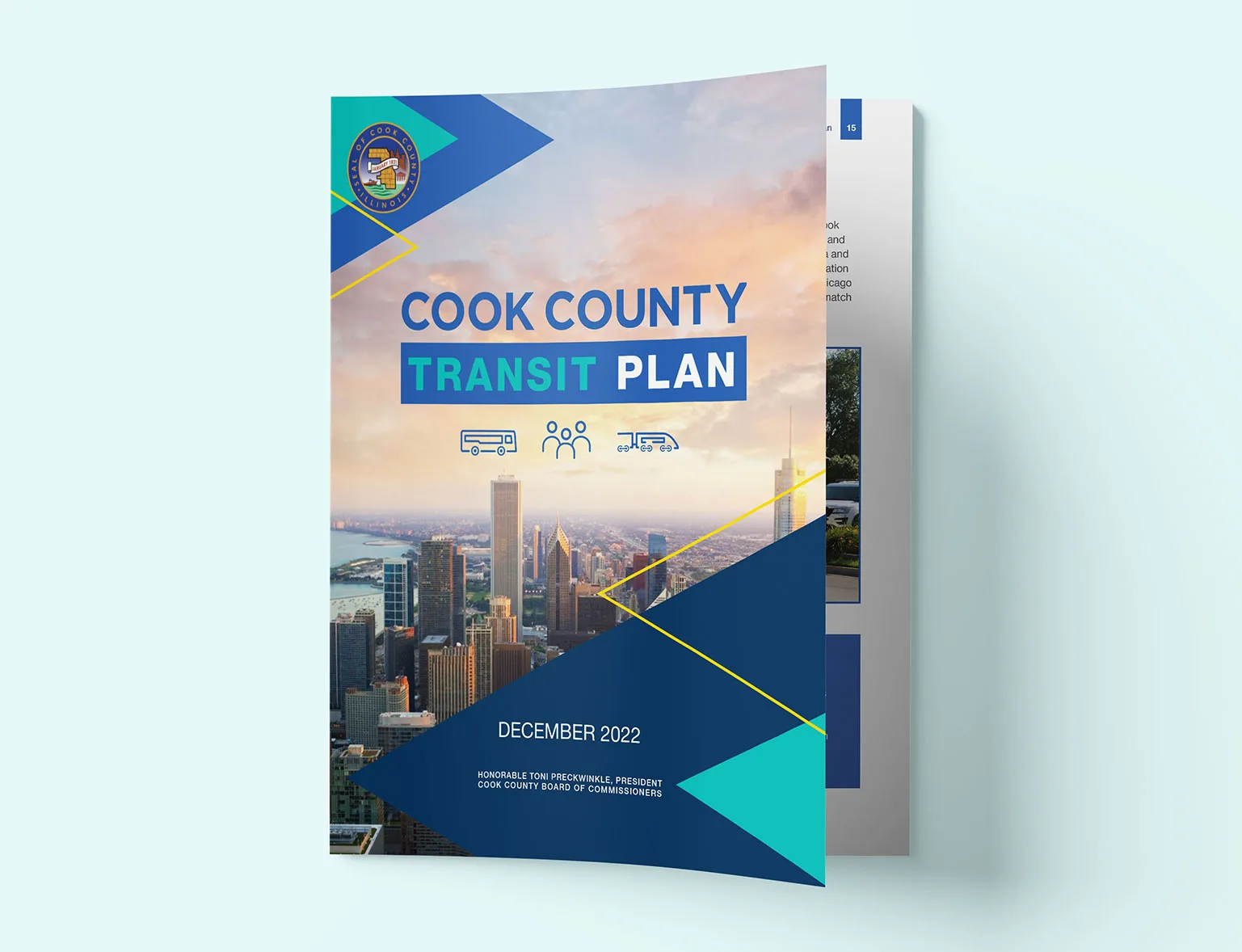
FINAL PLAN
The adopted plan includes a set of 35 projects, programs, and policies that Cook County can implement to support transit. MUSE’s stakeholder and community engagement insights supported the team’s prioritization for recommended investment strategies and phasing of implementation.
Read the Plan
The adopted plan includes a set of 35 projects, programs, and policies that Cook County can implement to support transit. MUSE’s stakeholder and community engagement insights supported the team’s prioritization for recommended investment strategies and phasing of implementation.
